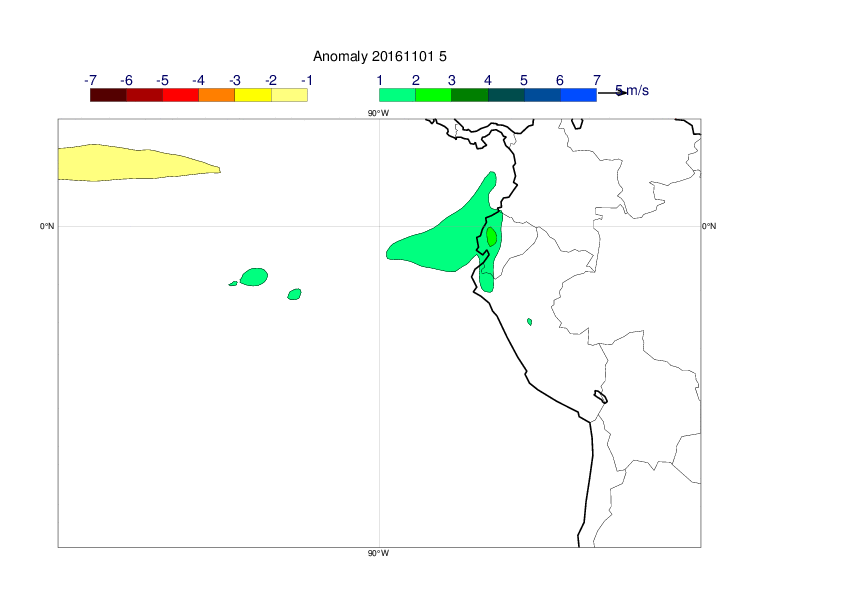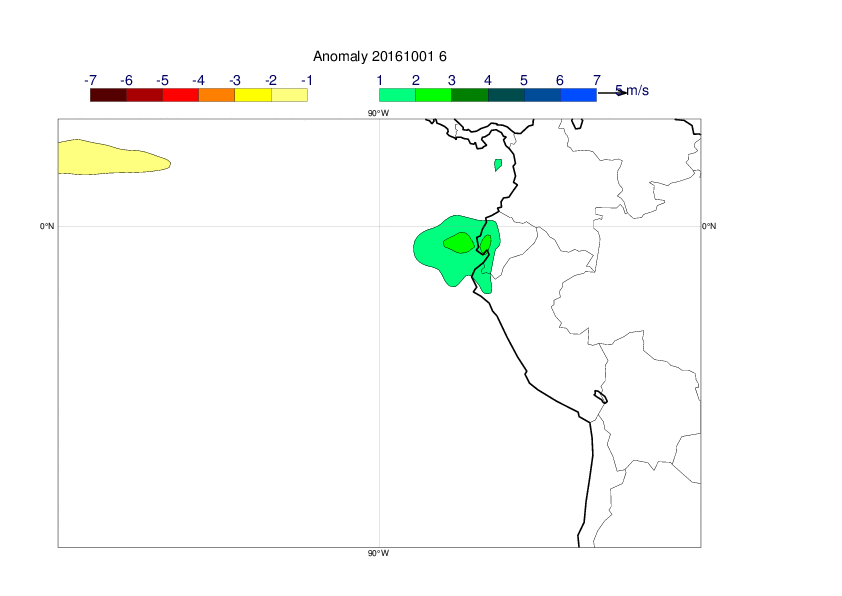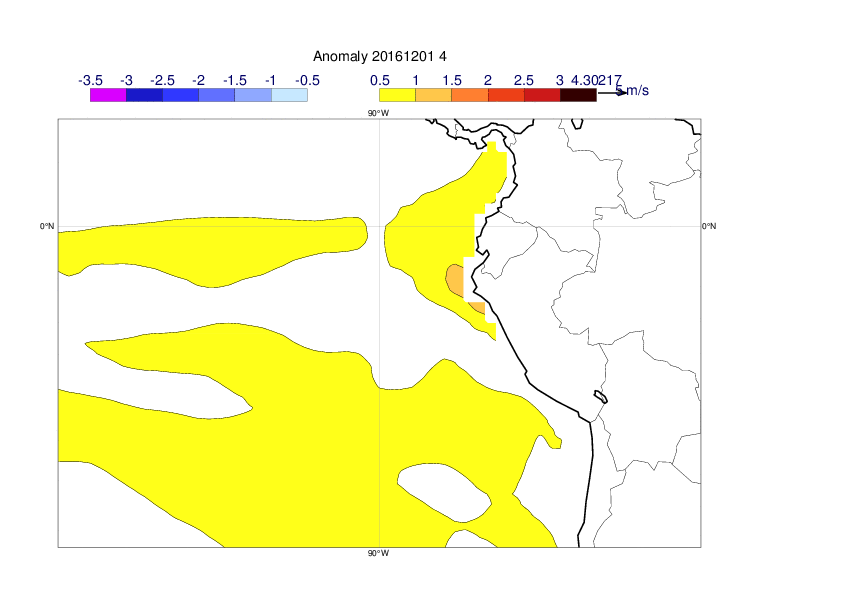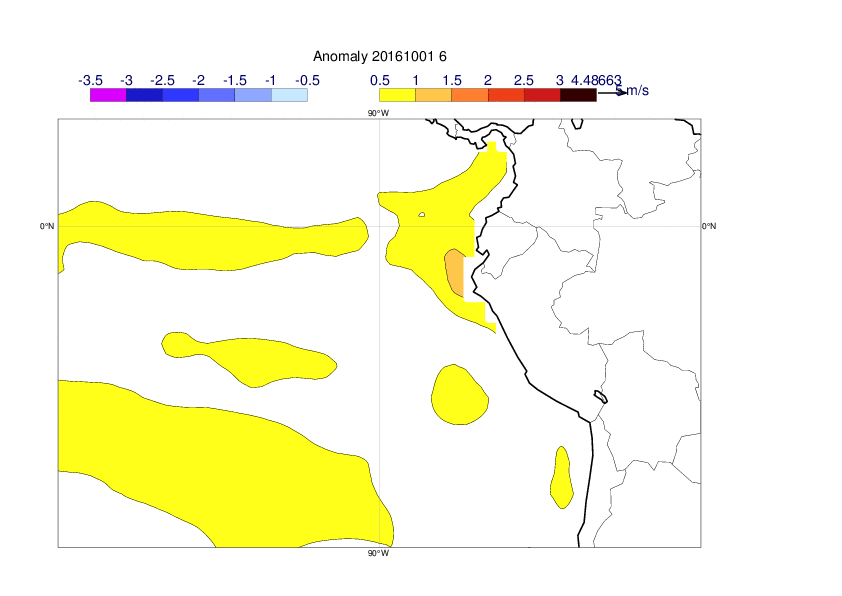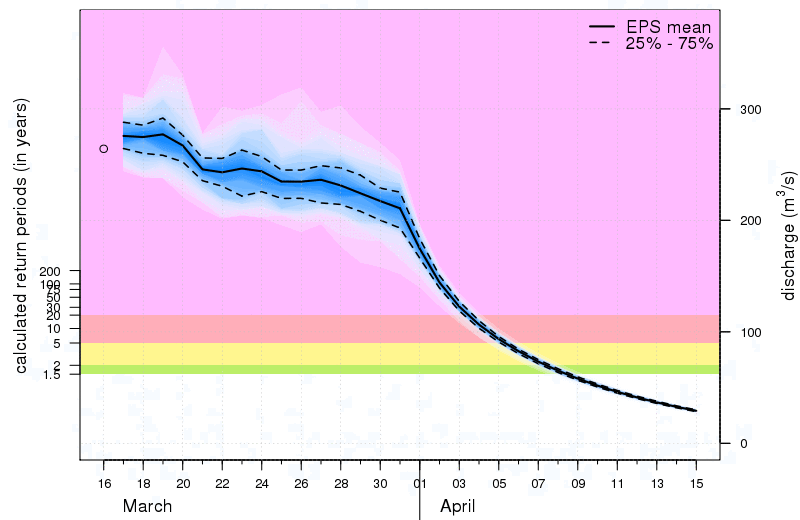Status:Ongoing analysis Material from: Mohamed, Linus
Picture
1. Impact
In March 2017 floods and land slides hit West Peru (mainly in Lima) due to heavy rainfall. More than 70 people have died and thousands lost their homes. The enhanced rainfall activity is likely to be connected with abnormal high temperature anomalies in Northern West coast of Peru (around 4.5 C). The rain is mainly affecting coastal areas dominated by relatively high orography.northern Peru was hit by severe flooding.
2. Description of the event
3. Predictability
3.1 Data assimilation
3.2 HRES
3.3 ENS
3.4 Monthly and seasonal forecasts
The plots below show the ensemble mean precipitation anomaly for March 2017 from seasonal (system 4) forecasts. The signal was well captured in the forecast from 1 February but on January. However, earlier forecasts had a signal of wetter than normal.
The plots below show the same as above but for SST anomalies. The precipitation anomalies are linked to warm SST along the coast, with also was well captured in February but missed in January. The forecasts from December, November and October had the coastal anomaly as well.
3.5 Comparison with other centres
3.6 EFAS
Glofas flood forecast are clearly flagging the areas affected by the floods even tough the catchments are relatively small .
(Left) Reporting points exceeding 20 years return period. product based on 22/03/2017
(Right) Hydrograph for Lima
4. Experience from general performance/other cases
5. Good and bad aspects of the forecasts for the event
- The seasonal forecast missed the warming in January forecast




